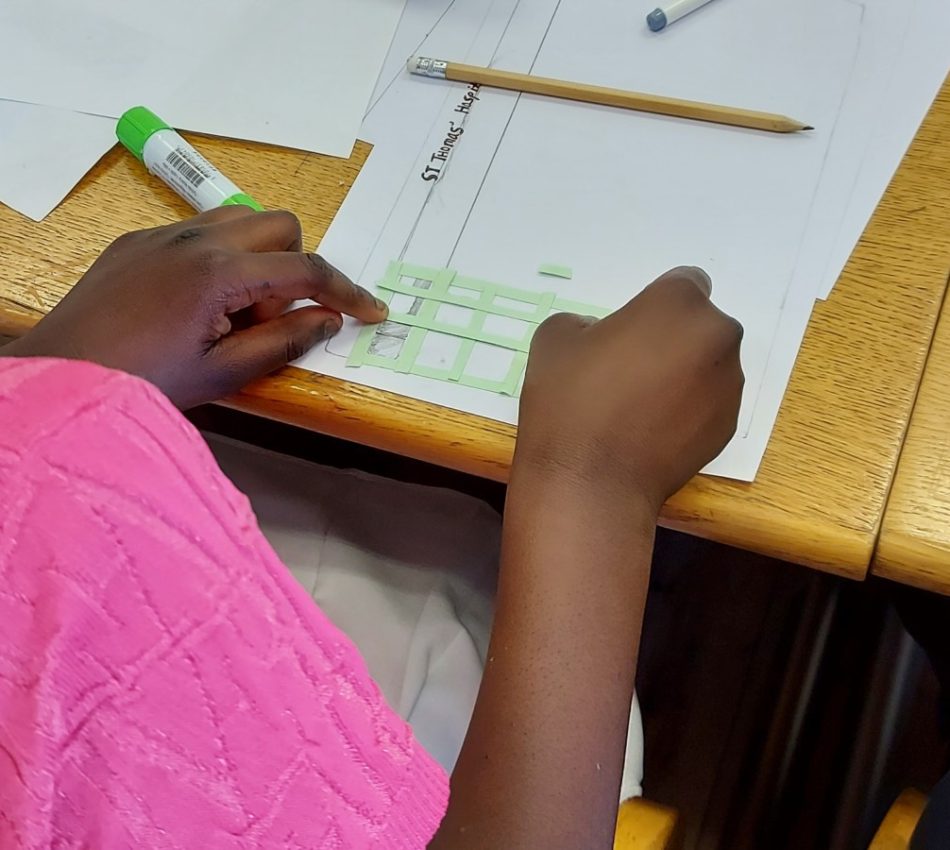Written by:
Over the summer, The Glass-House collaborated with The Baytree Centre, an educational charity and centre for women and girls in Brixton, South London. We worked with a group of young girls at the centre as part of The Baytree’s summer programme of activities to deliver two workshops across July and August. Through these two sessions, we invited our young participants to explore their relationships with the places and spaces around them, as well as introducing them to the world of design and built environment careers.
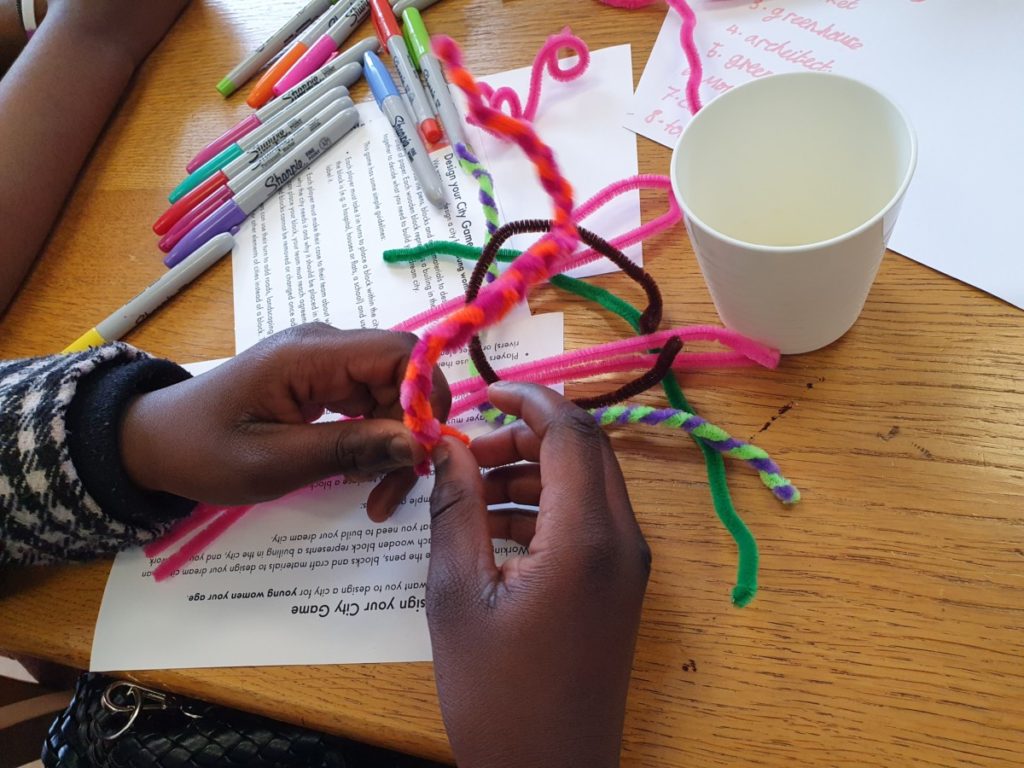
First Workshop at The Baytree Centre
On Tuesday 26 July, we welcomed a group of young girls and women aged 11 – 20 years old into our first workshop. We planned an ambitious programme that aimed to get the girls excited about placemaking and design, explore how we can all fit into and relate to our built spaces and introduce the range of built environment careers.
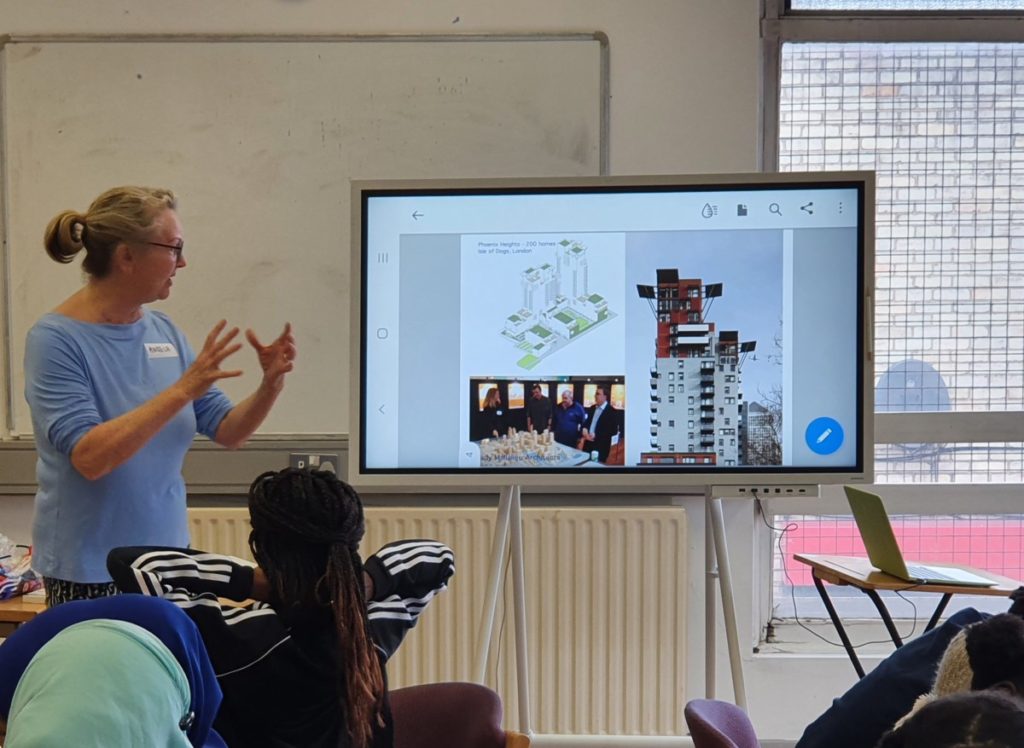
At our first workshop, we were joined by architects Angela Brady OBE of Brady Mallalieu Architects and Tosin Oshinowo of CmDesign Atelier, who lent their time, expertise and knowledge to inspire the girls during our session. We are grateful to The Academy of Urbanism and John Mullin for connecting The Glass-House with these inspiring women.
We kicked off our first session by introducing design thinking through the exploration of form, function and feeling. Using local places and buildings as examples, we then dug into how the girls relate to spaces, and how the design of places can affect the way they feel. We challenged the girls to work together to design their own cities using building blocks and craft materials. We split them into two groups, and tasked the first with designing a city for everyone, and the second to design a city just for young girls their age to get each group to think about what the most important parts of cities are for each of them, and what amenities, services and buildings others need too.
Some great parallels and key differences emerged between the two cities, perhaps most noticeably in the city for young girls which featured no cars or roads, because as the girls articulated so well ‘Why would we include roads? We can’t drive!’. We used this light touch design task to stimulate the girls creative problem solving skills, and to provide insight into how design teams work together to co-design places and spaces.
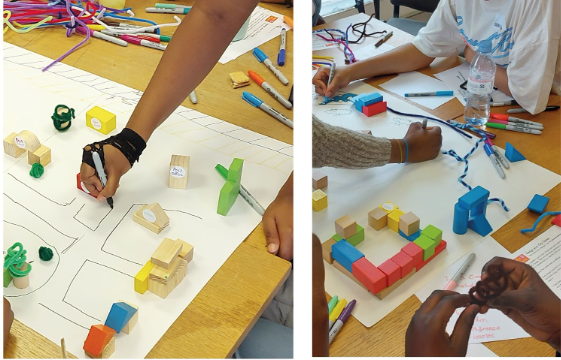
We spoke about some of the built environment career paths that might be of interest to the girls in the future, how architects and designers work and the diverse range of pathways that you can explore within placemaking. Angela and Tosin used their professional experience to give the girls a glimpse into the life and career of architects, and inspired our participants with examples of their work.
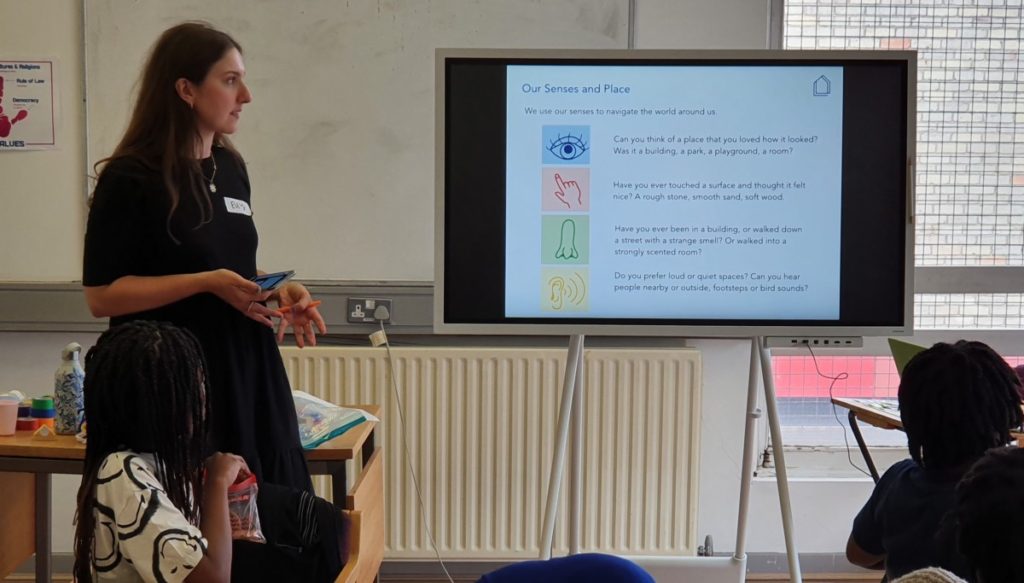
To help the girls unpick how they feel about different spaces, we started the afternoon by thinking about places that make our heart sink and places that make our heart sing, and how our senses influence how we perceive and therefore feel about our urban environment. We talked about how architecture and places are usually captured in photos, and how we can use artistic photography to express our emotions, feelings and connections to place. We then set the girls off on a series of creative photography tasks, which asked them to experiment with cropping and framing photos, as well as taking their own around the Baytree Centre, to highlight or focus on particular aspects or feelings, before coming back together for a discussion.
Returning to Create and Share
We returned to The Baytree Centre on Monday 8 August for our second creative workshop. At the end of the first workshop, inspired by John Mullin’s My Place project, we had challenged the girls to think about places that were special to them and why. We kick-started the second workshop by exploring previous My Place projects from other young people to help them visualise the different ways that they can capture and write about themselves in relation to place. The girls shared photos they had taken and texts that they had written about places that were special to them, which ranged from their own bedrooms, to The Oval cricket ground and Guy’s and St Thomas’ Hospital.
We then explored how place is captured and conveyed in art, looking at a diverse range of examples of place-based art, by a range of artists such as John Constable and David Hockney, to help the girls to think about how they can use their creative licence in both photography and graphic art. We facilitated a group discussion about how artwork can evoke emotions and convey strong feelings, and how these qualities can be used to communicate our connection to places.
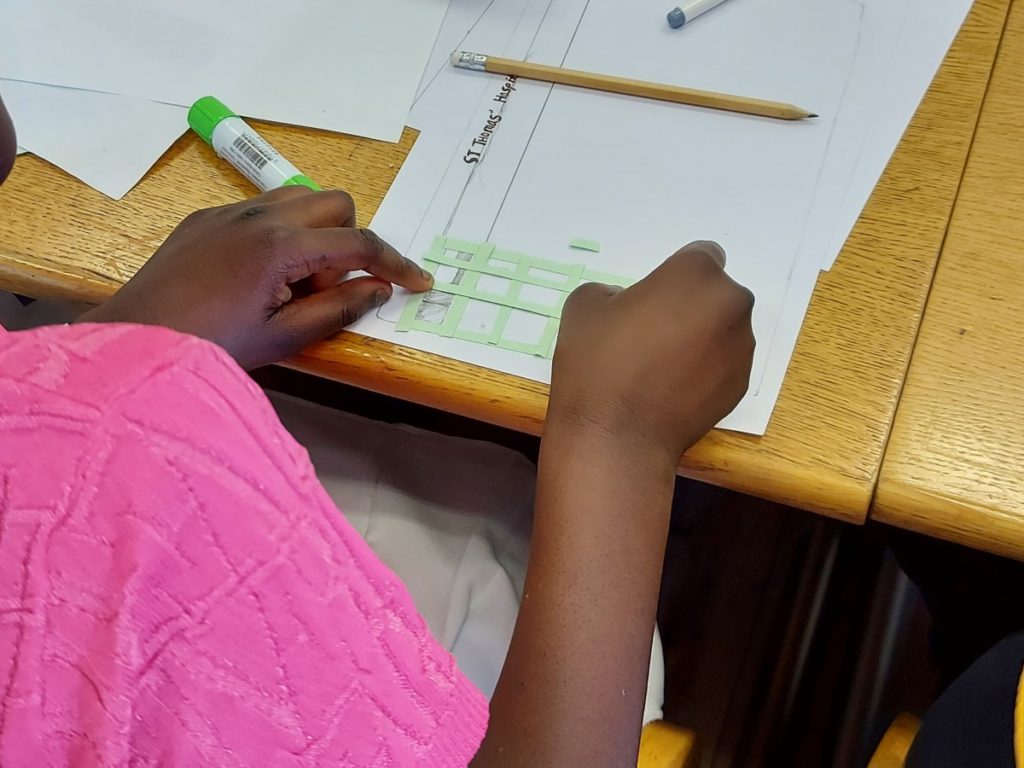
Using the pens, coloured paper and craft materials, we then asked the girls to draw or collage a place which is special to them, drawing inspiration from our previous discussions about design and art. We had some wonderful results, and interesting conversations about how we relate to places, how we can capture a place and most commonly, how difficult it is to draw places without being in them, or having exactly the right photograph. We pushed the girls to recreate their places from their memories, which is no easy feat, but it meant that the aspects of each place that were important to them stood out strongest in the drawings and collages produced.
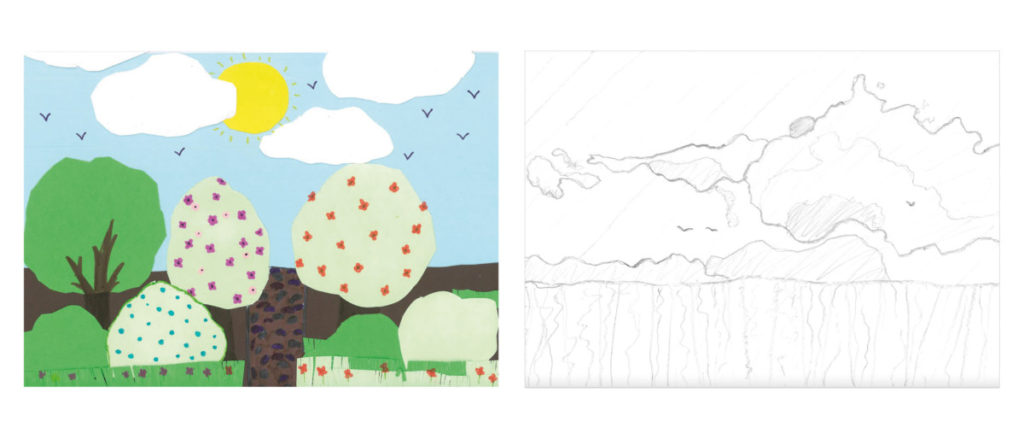
Wrapping up our creative exploration with The Baytree Centre
We had a wonderful time at The Baytree Centre introducing our young participants to design and placemaking, and to the variety of career paths in architecture and urban design. Exploring how we can involve more children and young people in design, and how we can bring their voices into placemaking journeys is one of our many passions here at The Glass-House, and we are so excited we had the opportunity to partner with The Baytree Centre to develop a new workshop model. Watch this space for future collaborations.
